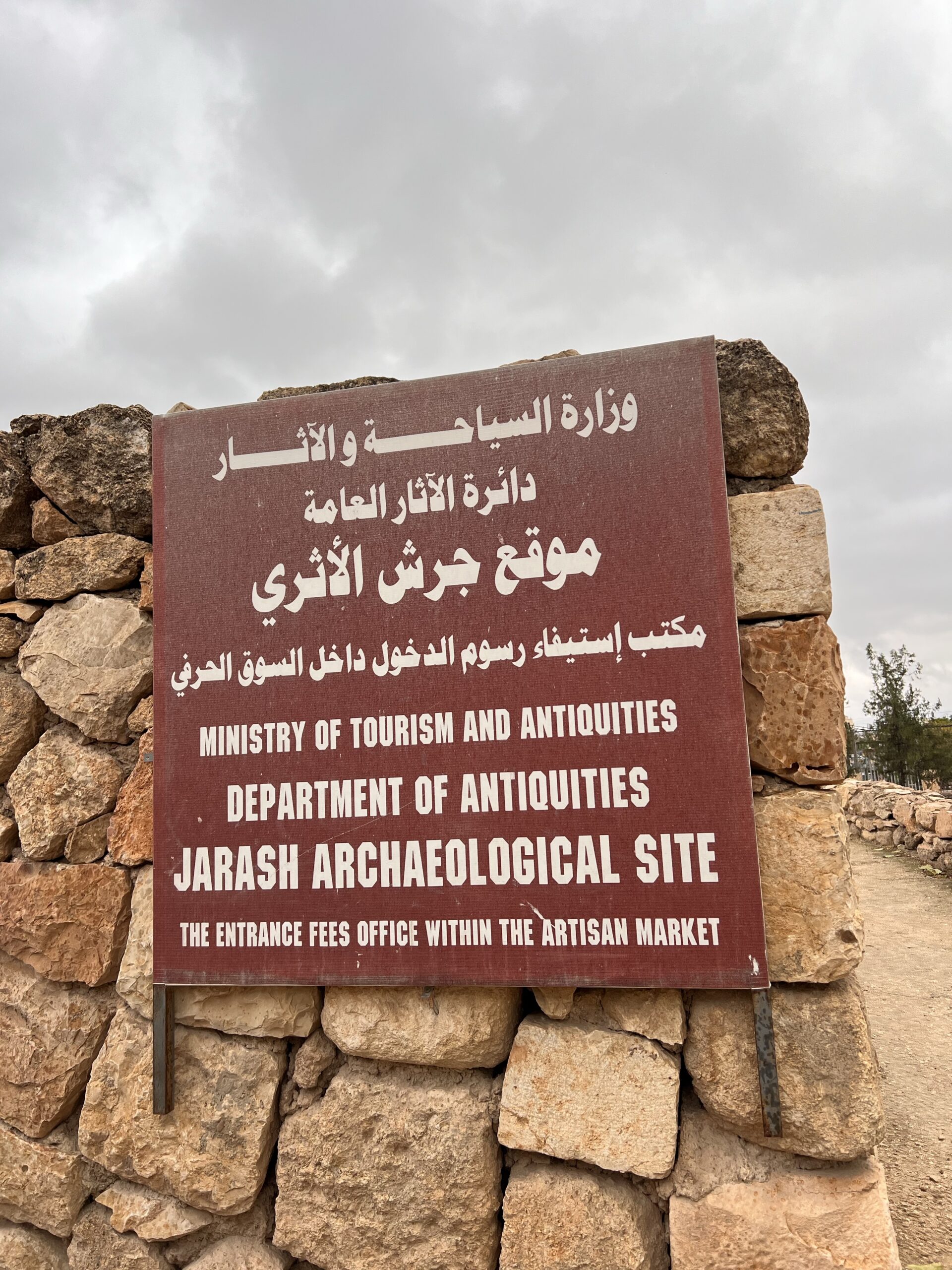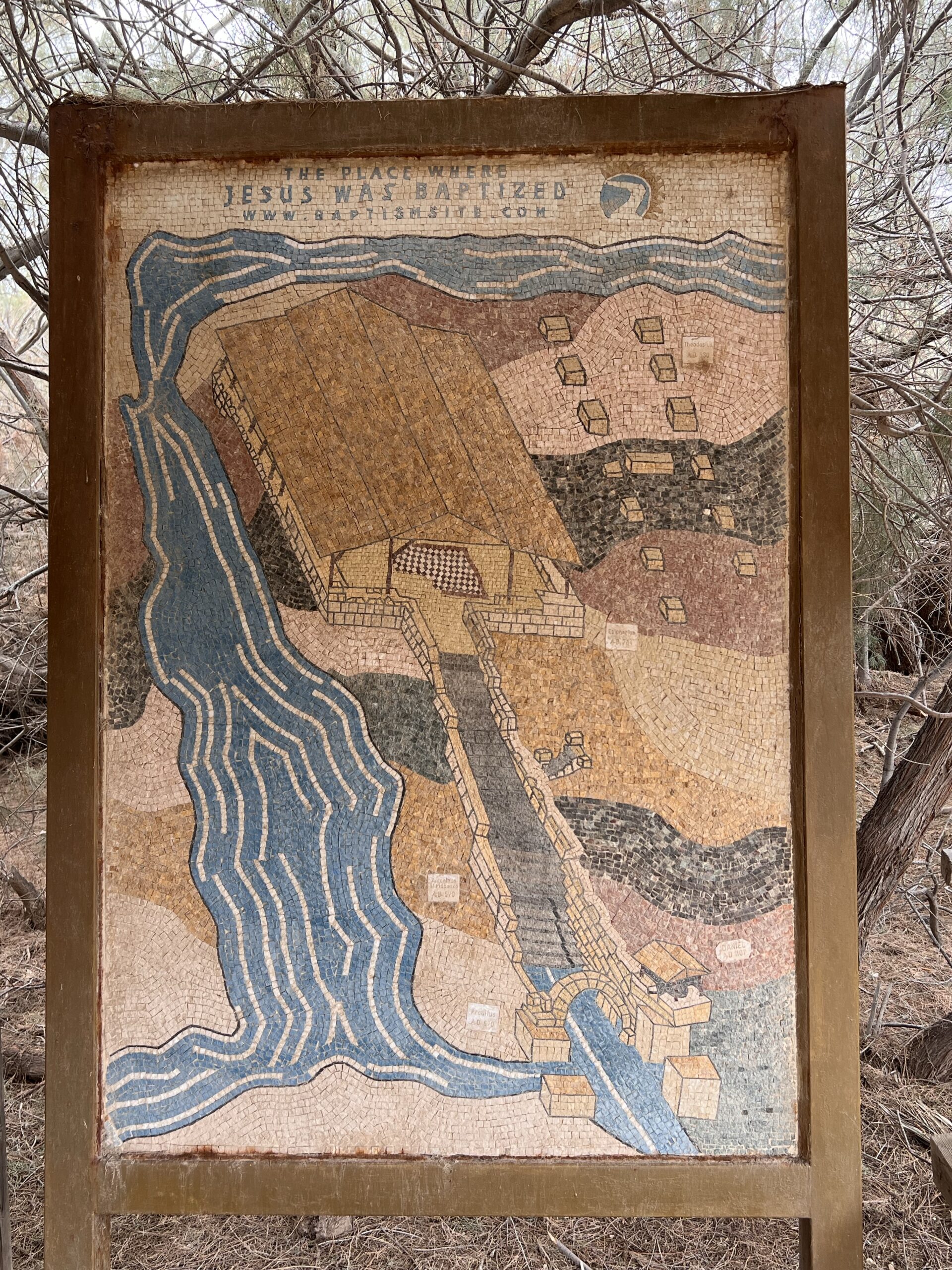
Amman is the capital and largest city of Jordan, a country located in the Middle East. It is situated in the northwestern part of Jordan, on a series of hills and valleys. Amman has a rich history that dates back to ancient times, and it has been inhabited by various civilizations, including the Ammonites, Assyrians, Babylonians, and Romans.
The city has archaeological sites and historical ruins, such as the Roman Theatre, the Citadel, and the Temple of Hercules, reflecting its long and diverse history.

Standing outside the Roman Theatre, you can see these huge columns left from the Roman empire.

The Amman Roman Theatre is a prominent historical and archaeological site. This well-preserved Roman amphitheatre stands as a testament to the ancient city’s rich history and architectural heritage. Situated in the center of downtown Amman, the theatre is nestled into the northern side of Amman Citadel’s hill. This strategic location provided the audience with a stunning view of the city.

The theatre follows the typical design of Roman theaters with a semi-circular shape and tiered seating. The stage area (orchestra) was used for various performances, including theatrical productions and musical events. The Roman theatre is included in the Jordan Pass. The site has undergone archaeological excavations and restoration efforts to preserve its historical significance. Visitors can explore the well-preserved structure and learn about the history of the theatre through informational plaques and guided tours.



Next, we walk up another hill to get to the Citadel. Situated on one of the city’s seven hills, the Amman Citadel is a historical site with ancient ruins and structures. It provides panoramic views of the city and has been a focal point for various civilisations throughout history. The Amman Citadel has been occupied by various civilizations throughout its history, including the Ammonites, Assyrians, Babylonians, Greeks, Romans, and Umayyads. Each civilization left its mark on the site, contributing to its rich cultural and historical heritage.

The Umayyad Palace is one of the most prominent structures on the Citadel. Dating back to the 8th century, this palace complex includes an audience hall, residential quarters, and courtyards. It provides insights into the architectural style of the Umayyad period.

The Temple of Hercules is another significant structure at the Citadel. While only a few columns remain standing, it reflects the grandeur of Roman architecture. The site also features the remnants of a colossal statue believed to depict Hercules.
There is also an archaeological museum on the Citadel grounds that houses artefacts discovered during excavations. The museum provides additional context and information about the history of the site and the various civilisations that inhabited it.

Archaeological excavations continue at the Amman Citadel, uncovering new discoveries and adding to our understanding of the site’s history. Researchers and archaeologists are working to preserve and interpret the cultural heritage of the area.
After spending about two hours at the Amman Citadel, we made our way back to town.


Markets in Amman, also known as Souks are bustling with energy, people and of course, many unique items to buy. From spices and produce to jewelry, carpets, and pottery, the markets in Amman each offer their unique items and experience. For those looking to enjoy an authentically Jordan experience, a visit to one or many of the markets in Amman is a great way to mingle with locals and purchase some souvenirs. Bargaining is allowed too, making the shopping experience more fun.

There is also a section in the market selling live rabbits. When asked if the rabbits are for pets, the person said that it’s for food.

We also passed by a gun shop. Apparently in Jordan, you can buy guns easily and put them at home as a form of protection or to show off. However, you can’t carry a gun and walk down the street as a civilian.

Amman is a city that seamlessly combines its ancient history with the demands of modern life, making it an intriguing destination for both tourists and residents.


